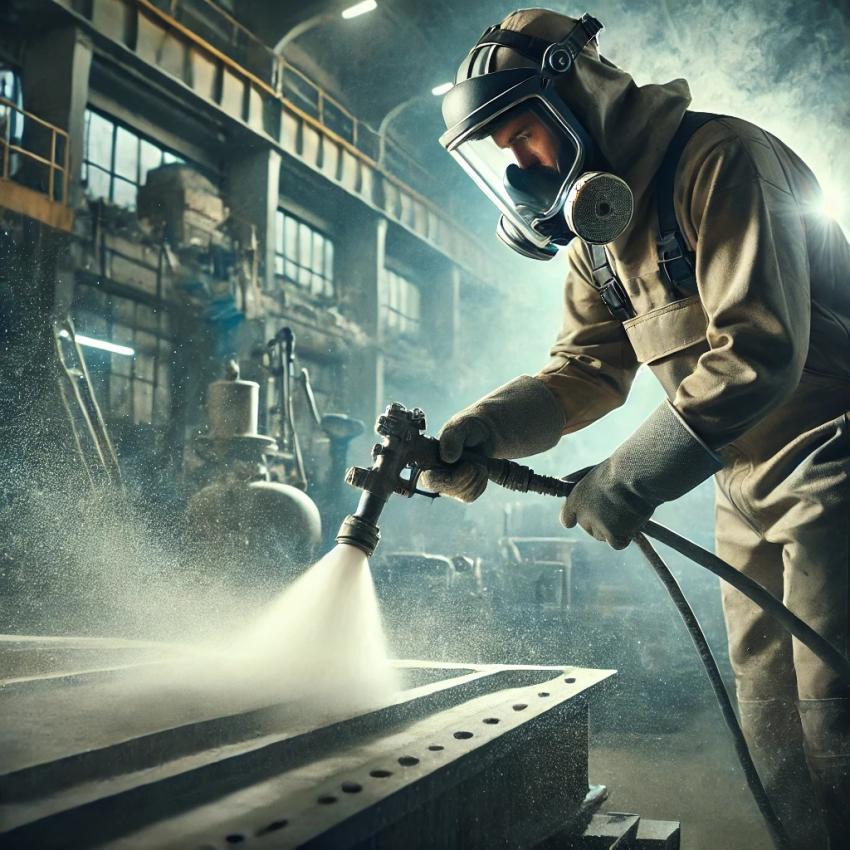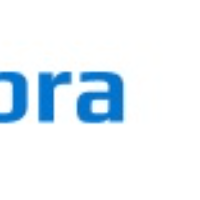How Does Sandblasting Affect Metal Surfaces?

Introduction
Sandblasting is a highly effective method used to clean, smooth, and prepare metal surfaces for various applications. It is widely employed in industries such as automotive, construction, and manufacturing. By propelling fine abrasive materials at high speeds, sandblasting removes rust, old paint, contaminants, and other surface impurities. While this process enhances the adhesion of coatings and improves metal durability, it also has potential drawbacks if not executed properly.
This article explores the effects of sandblasting near me on metal surfaces, its benefits, potential risks, and best practices to optimize results.
The Sandblasting Process Explained
Sandblasting, also known as abrasive blasting, involves forcing a stream of abrasive material against a surface under high pressure. The key components of this process include:
Abrasive Material – Materials such as silica sand, glass beads, aluminum oxide, or steel grit are used depending on the application.
Compressed Air or Pressure System – Creates the force necessary to propel the abrasive material onto the metal surface.
Blasting Nozzle – Directs the abrasive stream toward the target area.
Enclosure or Open-Air Setting – Can be conducted in controlled environments (blast cabinets) or open areas for larger structures.
Effects of Sandblasting on Metal Surfaces
1. Removes Contaminants & Rust
One of the primary reasons for sandblasting metal surfaces is to eliminate rust, oxidation, dirt, and grease. This ensures a clean surface before applying paints, coatings, or welding processes.
2. Creates a Rough Texture for Better Adhesion
Sandblasting increases the roughness of a metal surface, which helps paint, powder coating, or other finishes adhere more effectively. This results in longer-lasting protective layers and enhanced durability.
3. Enhances Aesthetic Appeal
By removing old paint and debris, sandblasting restores metal surfaces, giving them a fresh, uniform look. This is particularly useful in refinishing projects where a smooth, clean base is needed before repainting.
4. Can Cause Surface Erosion
Excessive sandblasting may erode the metal surface, leading to reduced thickness and potential structural weaknesses. Softer metals like aluminum or brass are more susceptible to damage if inappropriate abrasives are used.
5. Introduces Surface Stress & Residual Abrasives
High-pressure blasting can introduce stress into the metal, leading to micro-fractures in extreme cases. Additionally, residual abrasives left on the surface may interfere with coatings or subsequent treatments if not properly cleaned.
Types of Abrasives Used & Their Effects on Metal
Choosing the right abrasive material is crucial to achieving desired results without damaging the metal. Below are common abrasive materials and their effects:
Abrasive Type
Best Used For
Potential Drawbacks
Silica Sand
General cleaning & rust removal
Can cause surface wear and health hazards due to dust exposure
Glass Beads
Producing smooth finishes
Less effective on heavy rust or thick coatings
Aluminum Oxide
Heavy-duty stripping
Can be too aggressive for softer metals
Steel Grit
Preparing surfaces for coatings
Risk of over-etching thinner metal surfaces
Walnut Shells
Gentle cleaning of delicate metals
Less effective on tough rust or coatings
Soda Blasting
Paint removal without damaging the substrate
Not effective on thick rust layers
Best Practices for Sandblasting Metal Surfaces
To achieve optimal results, it’s essential to follow best practices:
Choose the Right Abrasive – Select an abrasive that matches the metal type and intended outcome.
Regulate Air Pressure – Adjust the pressure based on the material’s hardness to prevent over-blasting.
Use Proper Safety Equipment – Wear protective gear, including respirators, gloves, and eye protection, to avoid exposure to dust and debris.
Clean the Surface Post-Blasting – Remove residual abrasives with compressed air or a solvent wipe to ensure coatings adhere properly.
Apply a Protective Coating Promptly – To prevent flash rusting, apply a primer or protective coating immediately after sandblasting.
Advantages of Sandblasting Metal Surfaces
✔ Effective Contaminant Removal – Quickly eliminates rust, grease, and old paint. ✔ Increases Coating Durability – Enhances adhesion for paints and coatings. ✔ Fast & Efficient – Can cover large surfaces quickly compared to manual cleaning methods. ✔ Eco-Friendly Options Available – Some abrasives, like walnut shells and soda, are environmentally safe alternatives.
Disadvantages & Risks of Sandblasting
❌ Surface Damage Risks – Incorrect pressure or abrasive selection may weaken the metal. ❌ Health Hazards – Inhalation of fine dust particles can lead to respiratory issues. ❌ Requires Specialized Equipment – Not all industries or DIYers have access to proper blasting equipment. ❌ Environmental Concerns – Certain abrasives produce hazardous waste if not managed correctly.
Conclusion
Sandblasting is a powerful technique for restoring and preparing metal surfaces, offering numerous benefits in rust removal, surface preparation, and aesthetic enhancement. However, choosing the right abrasive material, controlling pressure settings, and implementing safety measures are essential to avoid potential damage and health risks.
By following best practices and selecting the appropriate techniques, sandblasting can significantly improve the longevity and functionality of metal surfaces across various industries.
FAQs
1. Can sandblasting remove rust completely?
Yes, sandblasting is one of the most effective methods for removing rust and preparing the metal for repainting or coating.
2. Is sandblasting safe for all metals?
No. Softer metals like aluminum or copper require gentler abrasives such as glass beads or walnut shells to avoid damage.
3. How long does a sandblasted surface last before rusting again?
Without proper coating, a sandblasted metal surface can start rusting within hours, especially in humid conditions. It’s best to apply a primer or protective finish immediately.
4. What is an alternative to sandblasting?
Alternative methods include chemical stripping, laser cleaning, wire brushing, and soda blasting for delicate surfaces.
5. Can I do sandblasting at home?
Yes, small-scale sandblasting can be done using a portable blasting cabinet. However, it requires safety precautions to prevent exposure to dust and debris.
